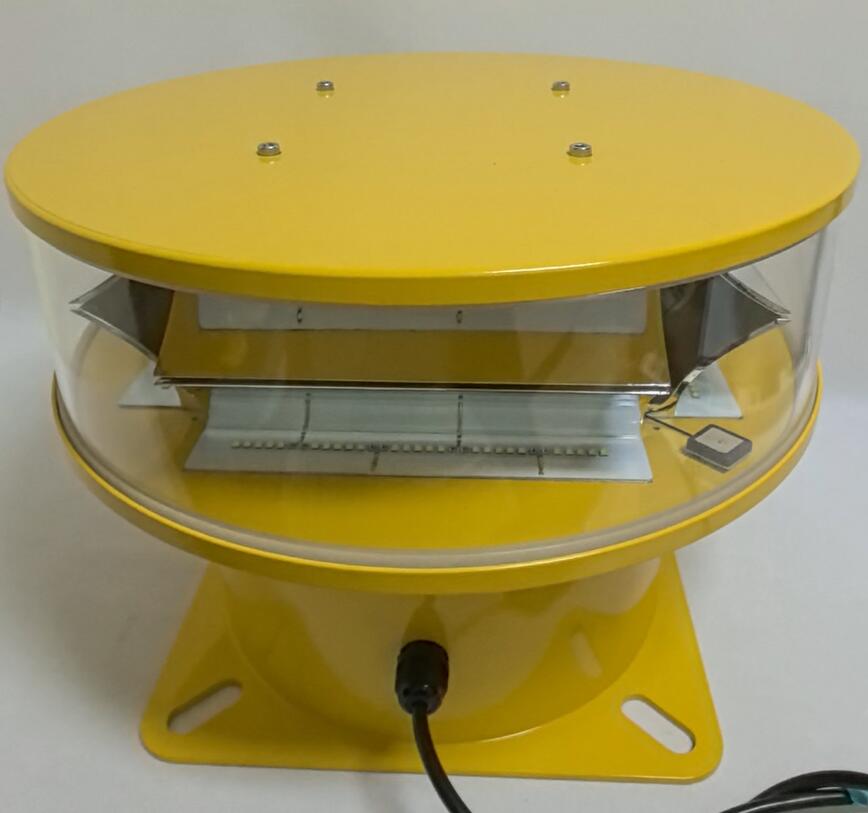The Essential Role of Cell Tower Obstruction Lights in Aviation Safety
Cell tower obstruction lights are critical components of aviation safety, ensuring that tall structures like communication towers do not pose hazards to low-flying aircraft. These lights serve as visual markers, especially during nighttime or adverse weather conditions, helping pilots navigate safely around obstacles. This article explores the importance, types, regulations, and technological advancements related to cell tower obstruction lights.
Why Cell Tower Obstruction Lights Are Necessary
As telecommunication networks expand, cell towers are being erected at increasing heights and in various locations, including urban and remote areas. Without proper lighting, these structures could become invisible to pilots, leading to potential collisions. The Federal Aviation Administration (FAA) and other international aviation authorities mandate the installation of obstruction lights on towers exceeding certain heights to mitigate risks.
Cell tower obstruction lights enhance visibility by emitting steady or flashing lights, depending on the structure’s height and location. Their primary purpose is to alert pilots of potential obstacles, ensuring safe flight operations.

Types of Cell Tower Obstruction Lights
Several types of obstruction lights are used on cell towers, each serving a specific purpose:
Red Obstruction Lights – These are typically used on structures between 200 and 500 feet. They emit a steady or flashing red light and are commonly seen on shorter towers.
| cell tower obstruction light |
Medium-Intensity White Strobe Lights – For towers exceeding 500 feet, white strobe lights are often required. These high-visibility flashes are effective during both day and night.
Dual Lighting Systems – Some towers use a combination of red lights for nighttime and white strobes for daytime, optimizing visibility in all conditions.
LED Obstruction Lights – Modern cell towers increasingly use LED lights due to their energy efficiency, long lifespan, and superior brightness.
| cell tower obstruction lights |
Regulations Governing Cell Tower Obstruction Lights
To maintain aviation safety, strict regulations dictate the installation and maintenance of cell tower obstruction lights. Key regulatory bodies include:
Federal Aviation Administration (FAA, USA) – Requires obstruction lights on structures taller than 200 feet.
International Civil Aviation Organization (ICAO) – Sets global standards for obstruction lighting.
European Aviation Safety Agency (EASA) – Enforces similar regulations in Europe.
These agencies specify light intensity, flash patterns, and placement to ensure uniformity and effectiveness. Non-compliance can result in penalties and increased liability in case of accidents.
Technological Advancements in Obstruction Lighting
With advancements in lighting technology, modern cell tower obstruction lights are more reliable and efficient than ever. Key innovations include:
Solar-Powered Lights – Ideal for remote locations where electrical infrastructure is lacking.
Smart Monitoring Systems – Some systems now include remote diagnostics to detect failures and alert maintenance teams.
Aircraft Detection Lighting Systems (ADLS) – These intelligent systems activate lights only when an aircraft is nearby, reducing light pollution.
Challenges and Maintenance Considerations
Despite their importance, cell tower obstruction lights face challenges such as:
Weather-Related Wear – Harsh conditions can damage lights, requiring regular inspections.
Power Failures – Backup systems are necessary to ensure continuous operation.
Wildlife Disturbance – Some studies suggest that certain light frequencies may affect birds, prompting research into wildlife-friendly alternatives.
Regular maintenance is essential to ensure these lights function correctly. Automated monitoring systems are becoming more common, helping operators detect and address issues promptly.
Cell tower obstruction lights play a vital role in aviation safety, preventing collisions and ensuring smooth air traffic operations. With evolving regulations and technological advancements, these lighting systems continue to improve in efficiency and reliability. As telecommunication infrastructure grows, the importance of maintaining and upgrading obstruction lighting cannot be overstated. By adhering to safety standards and embracing new technologies, the aviation and telecom industries can work together to safeguard both pilots and the public.
